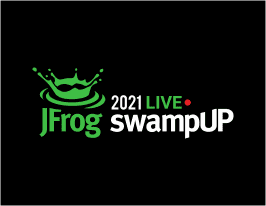Golang Sri Lanka Meetup – JFrog Speakers on Go Topics
errgroup Package Overview & Designing for Go Developers
February 5, 2022
2 min read
Golang Sri Lanka February Meetup
errgroup Package Overview in Go
According to: https://pkg.go.dev/golang.org/x/sync/errgroup, Package errgroup provides synchronization, error propagation, and Context cancelation for groups of goroutines working on subtasks of a common task. In this lightning talk the Golang NYC User Group Meetup, Dima Gershovich walks us through errgroup use cases for you to maximize its uses in your everyday programming life.
Designing as a Developer in GoLang
Gone are the days when Software Engineers can assume the User Experience (UX) and User Interface (UI) is somebody else’s problem. The disconnect between Design and Development can often be a fatal one, with the success of your software implementation potential in jeopardy. In this talk, we look at The 7 Facets of User Experience by Peter Morville and how to consider them from a technical development point of view. We will also look at the “whys” of a design, so you can build a product that excels in functionality without compromising the designer’s vision.
Dima Gershovich is a Senior Software Engineer for the JFrog Security Team, and he has 5 years of experience programming in Go
Sushrut Athavale is a Software Engineer a JFrog on the Partner Engineering Team. He is a Full Stack Web Developer who is skilled in object-oriented languages including GoLang, Python, C++, and Java. He also has a passion for UX & UI design principles. When he is away from the keyboard, Sushrut loves to perform in the theater as opportunities arrive, and he considers himself a movie buff.
and Hosted by Chamod Shehanka Perera
#golang #golangsrilanka #gosrilanka #gdgsrilanka #jfrog





